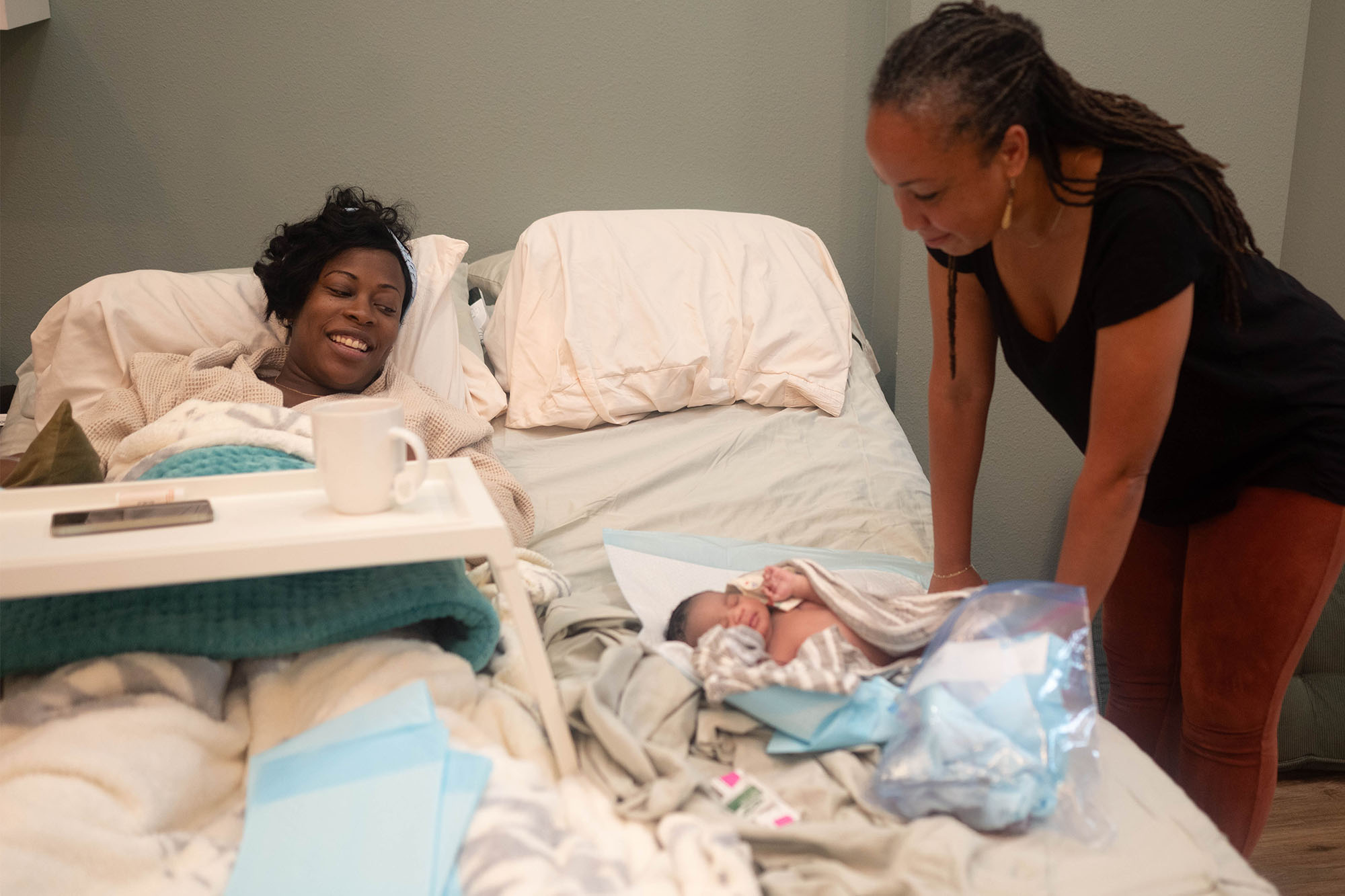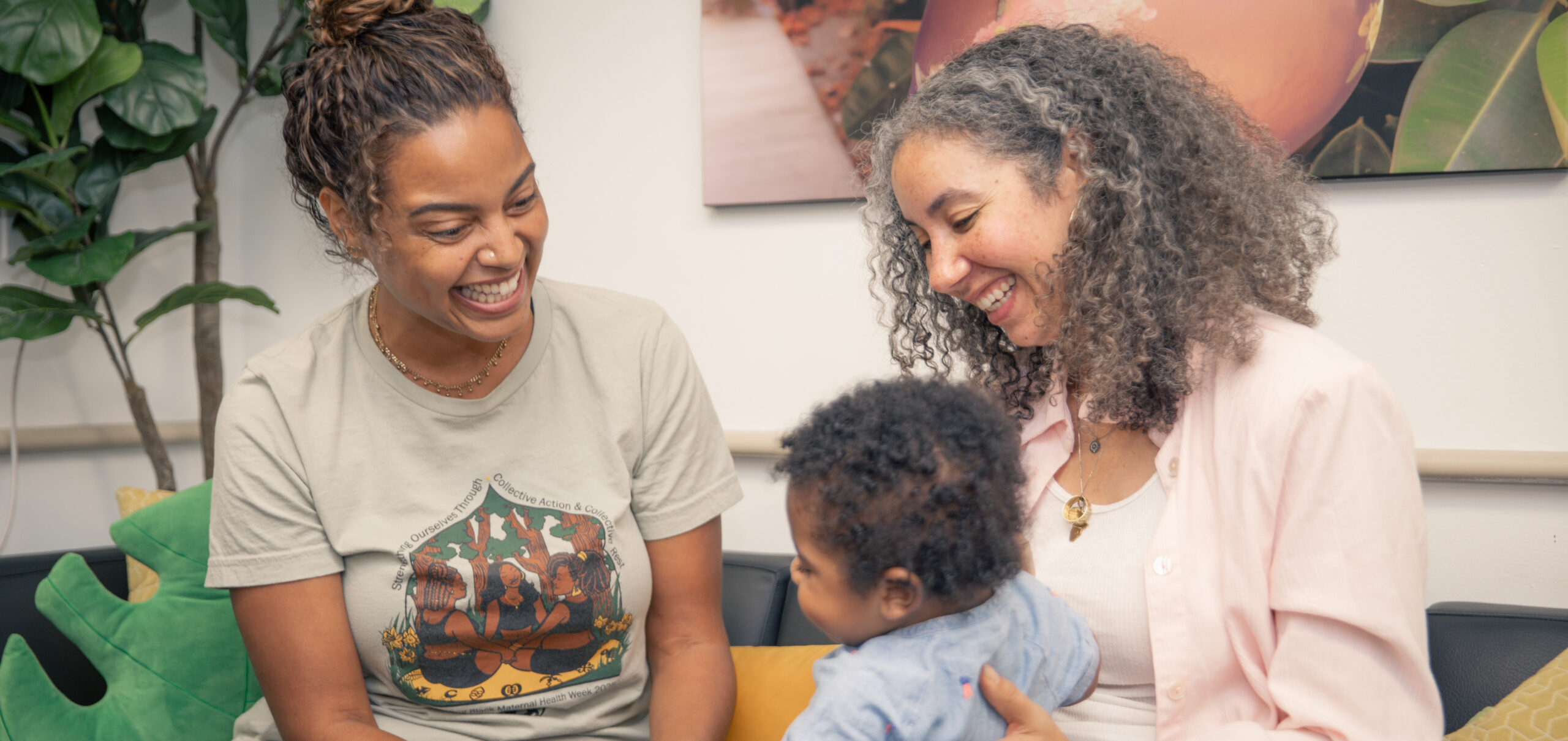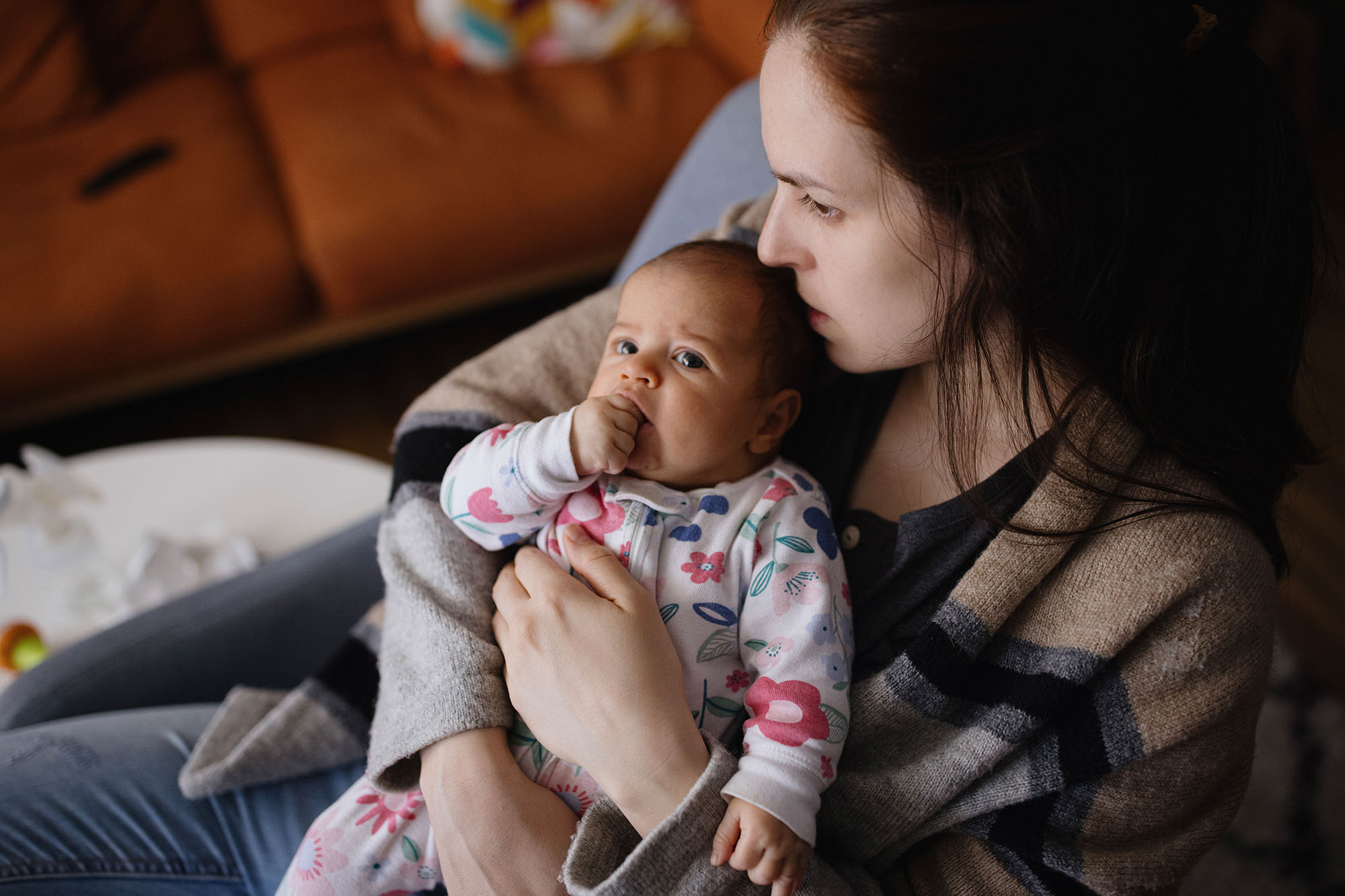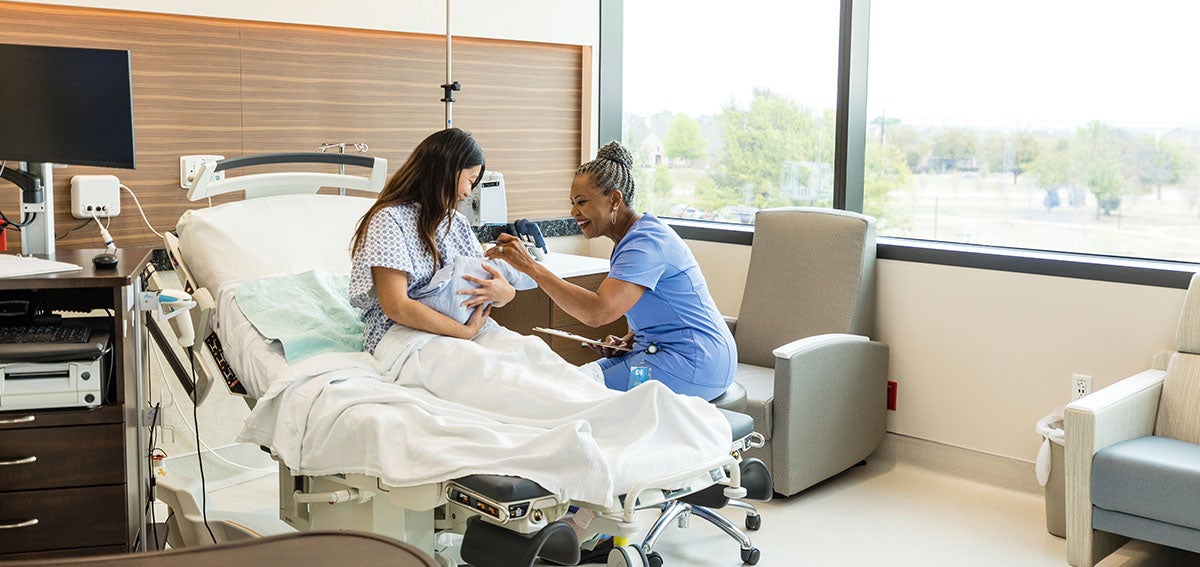California is experiencing a wave of hospital labor and delivery unit closures that are severely limiting access to maternity care, especially for rural communities, families with low incomes, and people of color.
More than 50 hospitals across the state have stopped delivering babies since 2012. These closures are creating maternity care deserts in many communities, threatening patient safety and quality of care at the same time the state is experiencing an uptick in pregnancy-related deaths.
Californians desperately need additional high-quality options for maternity care close to where they live.
What are birth centers?
Birth centers are freestanding health care facilities that provide prenatal, birth, and postpartum care for low-risk pregnancies outside a hospital setting. Birth centers are equipped to provide routine maternity care and initiate emergency procedures, and they are required by law to be located within reasonable access to c-section services.
In California, birth centers are staffed primarily by certified nurse-midwives and licensed midwives. The midwifery model of care recognizes pregnancy and childbearing as normal physiological processes and focuses on supporting labor and birth with minimal intervention unless medically necessary.
Birth centers have been found to improve newborn birthrates, decrease the rate of cesarean birth, promote successful breastfeeding, save money, and even decrease racial health disparities.
Who delivers care in birth centers?
Midwives, nurses, and doulas are the primary care providers in birth centers. Midwives work in consultation with physicians and transfer to physician care if the need arises (e.g., if a patient develops medical complications outside the scope of midwifery care or requires surgery).
Who gives birth in birth centers?
A statewide study found 40% of California mothers expressed interest in having a future birth in a birth center — with 11% saying they would “definitely want” this, and 29% saying they “would consider” it. Black women expressed the most interest (14% “definitely,” 34% “consider”), followed by White, Latina, and Asian and Pacific Islander women. Interest among women covered by Medi-Cal was similar.
Data from the US Centers for Disease Control and Prevention indicate that only a tiny fraction of women in California today (1.3%) give birth in a birth center or at home — lower than the national average.
How many birth centers does California have?
In 2020, California had more than 20 licensed birth centers. But in just five years, the state lost 80% of its licensed birth centers, bringing the number down to four.
A combination of California’s complex licensing requirements, financial pressures, and a limited midwife workforce — further strained by COVID-19’s impact on in-person care availability and provider burnout — led to the rapid decline in the number of licensed birth centers across the state.
Why is California losing birth centers?
- Onerous licensing process. Birth centers face a licensing process that includes meeting a range of complex regulatory requirements. California’s requirements are among the strictest in the country, from detailed building code standards to specific perinatal services. Though birth centers don’t require a license to operate in California, most insurers, including Medi-Cal, will only reimburse facilities licensed by the California Department of Public Health.
- Financial challenges. Medi-Cal pays for 40% of births in California, but the reimbursement rates for birth centers are often insufficient to cover the actual costs of care. The combination of low reimbursement rates, high operational costs, and stringent regulatory requirements has made it difficult for many birth centers to stay open.
- Limited midwifery training programs. The midwifery workforce is facing growing challenges, with a narrowing pool of training options undermining the development of the next generation of these essential workers and limiting the growth and sustainability of birth centers. California has only two programs for nurse-midwife education, one of which is not currently admitting students. The state has no accredited midwifery training programs for licensed midwives, though two are now in the works with funding from the California Department of Health Care Access and Information.
To learn more:
- California Hospital Association: Maternity Care in California: An Environmental Scan
- CalMatters: California Birth Centers Are Shutting Down. A Lawmaker Has a New Plan to Help Them
- CHCF: Listening to Mothers in California survey (2018)
- The Journal of Perinatal Education: Freestanding Birth Centers: An Evidence-Based Option for Birth
- Birth Center Equity: Birth Centers Are Public Health!





